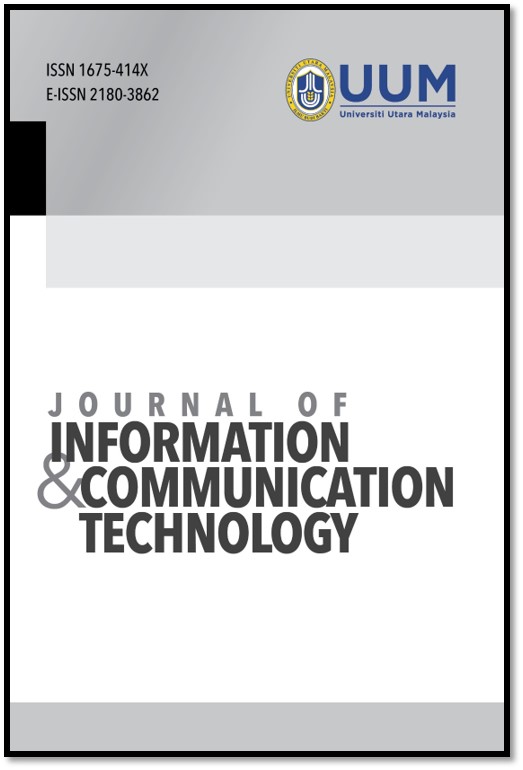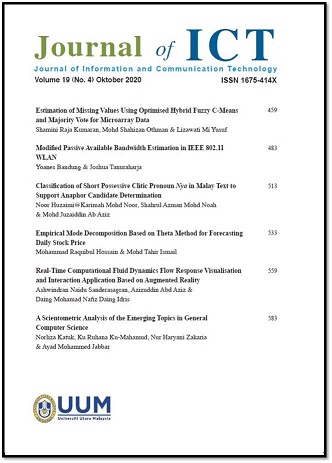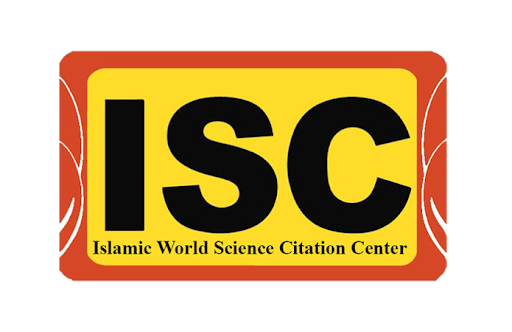A Convex Variational Interactive Model with Projection Method for Digital Images Partitioning
DOI:
https://doi.org/10.32890/jict2025.24.3.4Abstract
Digital image partitioning separates the foreground of an image from the background for subsequent analysis. In literature, the variational global model is frequently employed for digital images partitioning; however, it has been shown to underperform when the targeted object is situated near a neighbouring object. To address this issue, researchers recently devised the variational interactive model (VIM). However, because of the formulation’s non-convexity, it is sensitive to the placement of the initial contour and provides inaccurate results if the initial contour is not positioned correctly. Consequently, a new convex formulation of VIM was recently developed based on the chessboard distance function, known as the Selective Segmentation based on Chessboard distance function (SSCD) model. Although this model achieved better accuracy and efficiency in image partitioning and is less sensitive to the initial contour’s location compared to the non-convex VIM, the partitioning process is significantly slower, especially for large-sized images. This stems from the utilisation of a complex penalty term and the approximation of the regularisation term during the energy minimisation phase, which also impacts the accuracy of the partitioning results. This work contributes by proposing a new convex VIM that omits the penalty term and avoids approximating the regularisation term. Moreover, the idea of utilising the projection method is proposed to speed up the partitioning process with improved accuracy. Numerical experiments demonstrated that the proposed model achieved higher accuracy and efficiency compared to existing models. The proposed model has the potential to be formulated into a three-dimensional formulation in the future.
Additional Files
Published
Issue
Section
License
Copyright (c) 2025 Journal of Information and Communication Technology

This work is licensed under a Creative Commons Attribution 4.0 International License.

 2002 - 2020
2002 - 2020

























